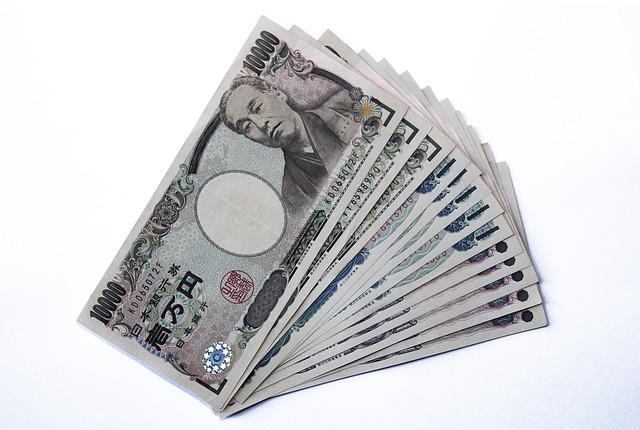In this article, we have covered the highlights of global market news about the USD/CAD, EUR/USD, NZD/USD and USD/JPY.
USD/CAD declines from its one-week high but remains solidly bid around the 1.3430–35 range.
On the opening day of a new week, the USD/CAD pair builds on Friday’s upward movement and gains some momentum. However, during the early European session, spot prices pare back some of their intraday gains to reach a one-week high before falling below mid-1.3400s.
Investors are still concerned that China, the world’s top oil importer, could see a decline in gasoline consumption due to the deteriorating COVID-19 scenario. This, in turn, weakens the commodity-linked Loonie and pushes crude oil prices to a new YTD low. Aside from this, a slight rise in the US Dollar’s value, supported by the cautious atmosphere, provides some support for the USD/CAD pair.
Concerns about a deeper economic slowdown are increased by demonstrations in China over the government’s zero-COVID policy, dampening investors’ willingness for risky investments. The equities markets have a lower tone, encouraging investors to seek refuge in the US Dollar. However, declining US Treasury bond rates support the dollar’s stability.
EUR/USD may rise to the 1.0480/1.0500 range once again, according to ING.
The November pricing data will be the main event on this week’s statistics agenda for the eurozone. According to experts at ING, the EUR/USD had its highest weekly close since late June at 1.0402 and may target the 1.0480/1.0500 area.

The critical issue is whether inflation will moderate from recent highs (which are close to 11% year-on-year) and enable the European Central Bank to tone down its hawkish language maybe. The market now anticipates a 62 bps rate increase on December 15.
We say that the second part of the week “may conceivably drive EUR/USD down to the 1.02 level” but that “we cannot rule out EUR/USD moving back up to the 1.0480/1.0500 range again (though the reasons for it are far from evident”).
NZD/USD remained low at 0.6200 due to a weaker risk tone and minor USD gain.
The NZD/USD pair declined further from its highest level since August 18 was hit last week as it began with a somewhat negative gap on Monday. The pair has remained weak through the early European session and is now trading at the 0.6200 level, just a few pips above the daily low.
A surge of demonstrations in China against the government’s zero-COVID policy, stoking worries of a worse economic collapse, had a toll on the perception of global risk. The safe-haven US Dollar receives some support from the anti-risk flow, which ultimately significantly pushes the pair down for a second consecutive day. However, the likelihood of a more gradual tightening of monetary policy by the Fed keeps a lid on any additional gains for the dollar. It should assist in restraining losses for the major.
It is important to remember that the November FOMC meeting minutes, which were published last Wednesday, revealed that most decision-makers agreed that it would soon be prudent to pause the pace of rate rises. Additionally, the likelihood of a modest 50 bps lift-off at the December FOMC meeting is now higher than before. The continuous decline in US Treasury bond rates, which should discourage US Dollar bulls from making risky wagers and provide some support for the NZD/USD pair, serves as more evidence.
USD/JPY flirts with a daily low, trading below mid-138.00s, as global investors flee to safety.
On the opening day of a new week, the USD/JPY pair experiences some fresh selling pressure after Friday’s minor rebound. The pair maintains its offered tone through the early European session and is now edging ever-closer to the daily bottom, in the 138.30-138.25 range.

The Japanese Yen is viewed under pressure from haven flows because of the deteriorating COVID-19 scenario, which is regarded as placing downward pressure on the USD/JPY pair. In fact, on Saturday, China recorded a record-high number of daily infections, pushing the government to enact stringent anti-COVID regulations in several cities. The zero-COVID policy has also sparked demonstrations throughout China and raised worries about a further slowdown in economic activity due to widespread unhappiness. This increases demand for conventional safe-haven investments and puts investors on edge.
The flight to safety and rising acceptance of the Fed’s less aggressive policy tightening are factors that are lowering the rates on US Treasury bonds. Consequently, the US-Japan rate disparity continues to shrink, boosting the Japanese Yen’s value even more. However, a little increase in the US Dollar’s value gives the USD/JPY pair some support. This might help minimize any additional losses, at least temporarily, combined with a significant difference between the Federal Reserves and the Bank of Japan’s stances on monetary policy.
Please click here for the Market News Updates from 25 November, 2022.

